Over the summer we ran a community survey called State of the Web. We asked developers, web and otherwise, to weigh in on their thoughts on the the web as a platform for users and developers. The World Wide Web is one of the most ubiquitous platforms ever created and will remain critical to computing for any foreseeable future. It is a technology that evolves quickly and is a topic that needs regular visits. That's an understatement.
Despite the web’s importance, it is far from a perfect platform. With needs of balancing compatibility, innovation, and standards development, the web can often seem like a chaotic mess. Silicon Valley browser giants each have their own motivations for feature development, while developers and users across the world all have their own needs. Somehow we make this resilient platform work.
Our survey of 2,000 developers helped us find out that CSS flex-box has indeed reached critical use among developers, disabling JavaScript on the web remains a heated debate, and that dog people are more disciplined developers than cat people. That last one seems pretty clear in the corollary data, try and prove it wrong!
Here are a few posts relating to the survey you might want to check out. There were many analyses and discussions though, if you know of a good one I didn’t list, feel free to leave it in the comments.


State Of The Web Data - Call For Analysis!
Jess Lee for The DEV Team ・ Aug 27 '18

Should browsers still allow users to disable JavaScript?
Ben Halpern ・ Aug 30 '18
The DEV Survey on BigQuery
State Of The Web Data from Dev.to
 MartyHimmel
/
DEV-state-of-the-web-2018
MartyHimmel
/
DEV-state-of-the-web-2018
dev.to "State of the Web" survey results
A quick and dirty visualization of the results from dev.to's "State of the Web" survey.
The surveyresults.csv file has the original data from the Call for Analysis post.
results.json includes a cleaned up version to make it easier to use with Google Charts. Answers of "(blank)" and "" were removed and duplicate questions (multiple choice questions - the results were stored in multiple columns in the CSV) were merged. The parser script handles most of it, with the exception of merging the questions and their respective answer arrays.
For a deeper dive, here is an Excel file or CSV of the raw data from the survey.
We rely on the web every day, and each bit of data helps when we make choices. Please user these results to inform some of your choices or win a debate on your web development team.
Happy coding!




Top comments (23)
The firm's true purpose in conducting this survey is to provide you an honest evaluation of your emotions. Participating in the Walgreens Listens Survey carries no risk and offers significant potential rewards. The survey is accessible to everyone. Go to Walgreenslistens.com to participate in the Walgreens customer satisfaction survey.
Looking for a reliable taxi in Udaipur? Simar Tours and Travels is your go-to choice for comfortable and safe travel in the city. Our taxi in Udaipur services are perfect for exploring the city's iconic palaces, tranquil lakes, and vibrant markets. With a fleet of well-maintained vehicles and experienced drivers, we offer the best taxi in Udaipur for local sightseeing, airport transfers, and outstation trips. Whether you need a quick ride or a full-day tour, our taxi in Udaipur service is tailored to meet your needs. Choose Simar Tours and Travels for an unmatched experience with the most dependable taxi in Udaipur. Book now and travel with ease!
Based on your purchasing experience, you must respond to a series of questions in this survey. You will also receive wonderful gift certificates that you may use to enjoy shopping with friends or cousins.
Www.Jcpenney.com/Survey
Questionnaires designed to gauge customer satisfaction are excellent tools for finding out what clients think about a company's goods and services as well as their overall purchasing experience.
PublixSurvey.Com
Burlington respects the privacy of its clients and makes every effort to keep the information supplied on Burlingtonfeedback.com private and safe. The survey's collection of personal data is secure and used only to enhance the products and services offered by the shop.
You need to customize your card before you can activate it online. Activating your card comes next when you connect into your account. The second step is to log into your L.L. Bean credit card account. You will eventually be able to use a mobile app to activate your Card. Activate.llbeanmastercard.com
Vibeevest offers a comprehensive range of services that highlight its strong foothold in India's textile and apparel industry. From manufacturing men’s, women’s, and kid’s apparel to providing high-quality textile solutions, it's clear that Vibeevest is committed to excellence in the apparel manufacturing sector. Their focus on innovation and quality control aligns well with the growing demand for sustainable and fashionable clothing. As a key player in the Indian textile industry, Vibeevest’s approach not only supports local craftsmanship but also contributes significantly to the global apparel market.
textile industry in india
You must make purchases from any J.C. Penney location in order to be eligible to get the coupons. You must, of course, respond to the most direct inquiries.
Www.Jcpenney.com/Survey
Comprehending the Texas Chicken Customer Satisfaction Survey of the Church: The purpose of the survey is to collect insightful feedback from our valued patrons, such as yourself.
Churchschickensurvey.com
Taco Bell uses the TellTheBell survey as a vital tool to get input from its customers. Customers that participate offer insightful feedback on their eating experiences, which aids the business in raising the caliber of its cuisine and customer service.
TellTheBell.com
Some comments may only be visible to logged-in visitors. Sign in to view all comments.